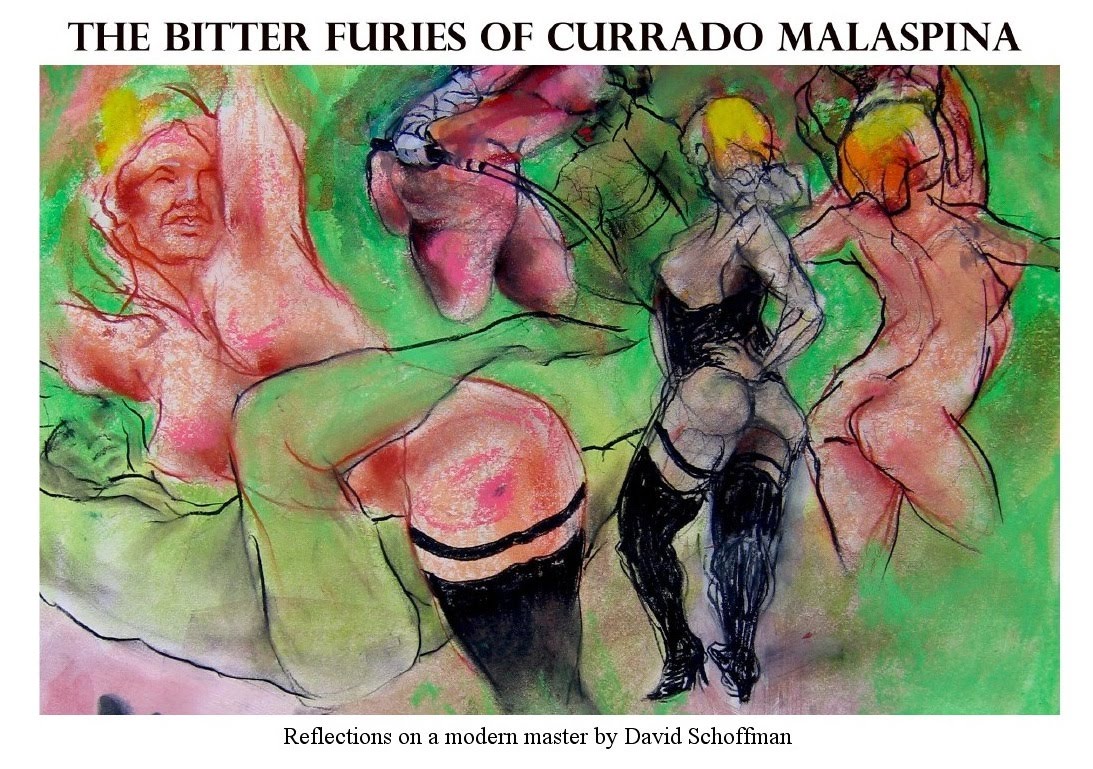Some see the artistic vocation as the inevitable offspring of rock-ribbed affinities and singular, idiosyncratic conviction. Artists, it is generally assumed, are drawn toward their passions like flies to a rotting cadaver. Born to their métier, they appear to have no choice. Artists themselves refer to it as "a calling", implying destiny and an occult sense of virtue.
My dear friend Currado Malaspina does not share this conventional reading - in fact he is repulsed by it - and sees the artistic enterprise rather as the consequence of chance and as a shallow reflection of our baser instincts .
 |
| Currado Malaspina, Auvers-sur-Oise, 2012 |
Since childhood Currado Malaspina dreamed of becoming a pilot. When he entered the French military in the late 60's he was determined to serve in the Armée de l'Air. After attending the academy at Salon-de-Provence he was transferred to Châteaubernard where he flew the Mirage F1-CR on training missions in the Sahel. When his plane malfunctioned in 1968, forcing him to crash land on the Ghadem salt flats he sustained severe head and spine injuries and almost didn't survive.
He was found unconscious by a family of Tuareg nomads who nursed him back to health by stabilizing his fractures with tightly bound fox skins and sustaining him on a diet of black tea and lentils. It was during his convalescence that Currado began to draw.
One of his first efforts was a quick sepia rendering of the 11th century Dormition of the Mother of God Monastery in Taghirt.
 |
| Currado Malaspina, conté crayon on cardboard, 1969 |
The locals were extremely impressed by these early efforts and Currado quickly gained an unusual status within the hermetic hierarchy of the indigenous tribes. When they offered him a young beautiful bride, three camels and a milk goat he realized that it was time to return to France.
His hopes for a career as a pilot were summarily dashed but the connection between art and Eros became for Currado a talisman signifying both hope and magic. Terror, coincidence, migration and sex continue to be guiding principles and aesthetic touchstones for Malaspina's very strange and singular work.









































